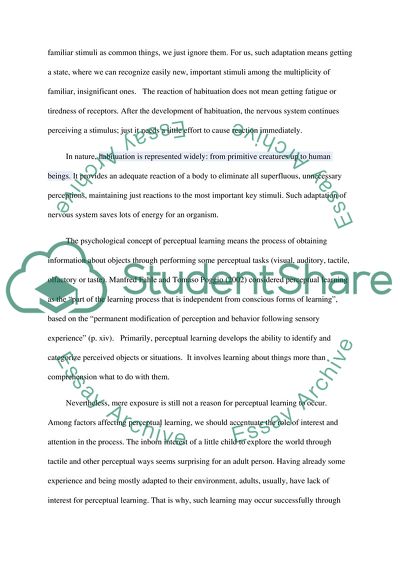Cite this document
(“Forms of Simple Stimulus Learning Essay Example | Topics and Well Written Essays - 1250 words - 1”, n.d.)
Retrieved from https://studentshare.org/education/1415955-analyze-forms-of-simple-stimulus-learning
Retrieved from https://studentshare.org/education/1415955-analyze-forms-of-simple-stimulus-learning
(Forms of Simple Stimulus Learning Essay Example | Topics and Well Written Essays - 1250 Words - 1)
https://studentshare.org/education/1415955-analyze-forms-of-simple-stimulus-learning.
https://studentshare.org/education/1415955-analyze-forms-of-simple-stimulus-learning.
“Forms of Simple Stimulus Learning Essay Example | Topics and Well Written Essays - 1250 Words - 1”, n.d. https://studentshare.org/education/1415955-analyze-forms-of-simple-stimulus-learning.


